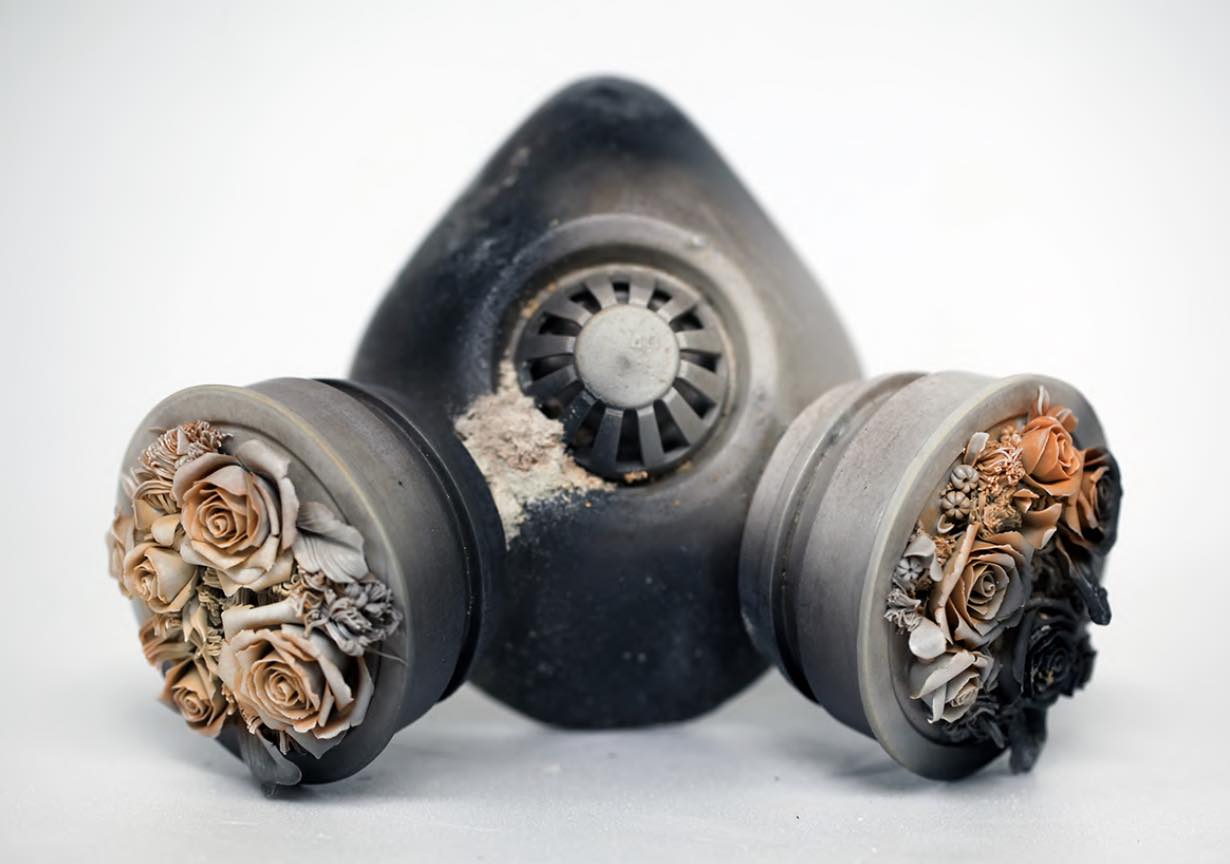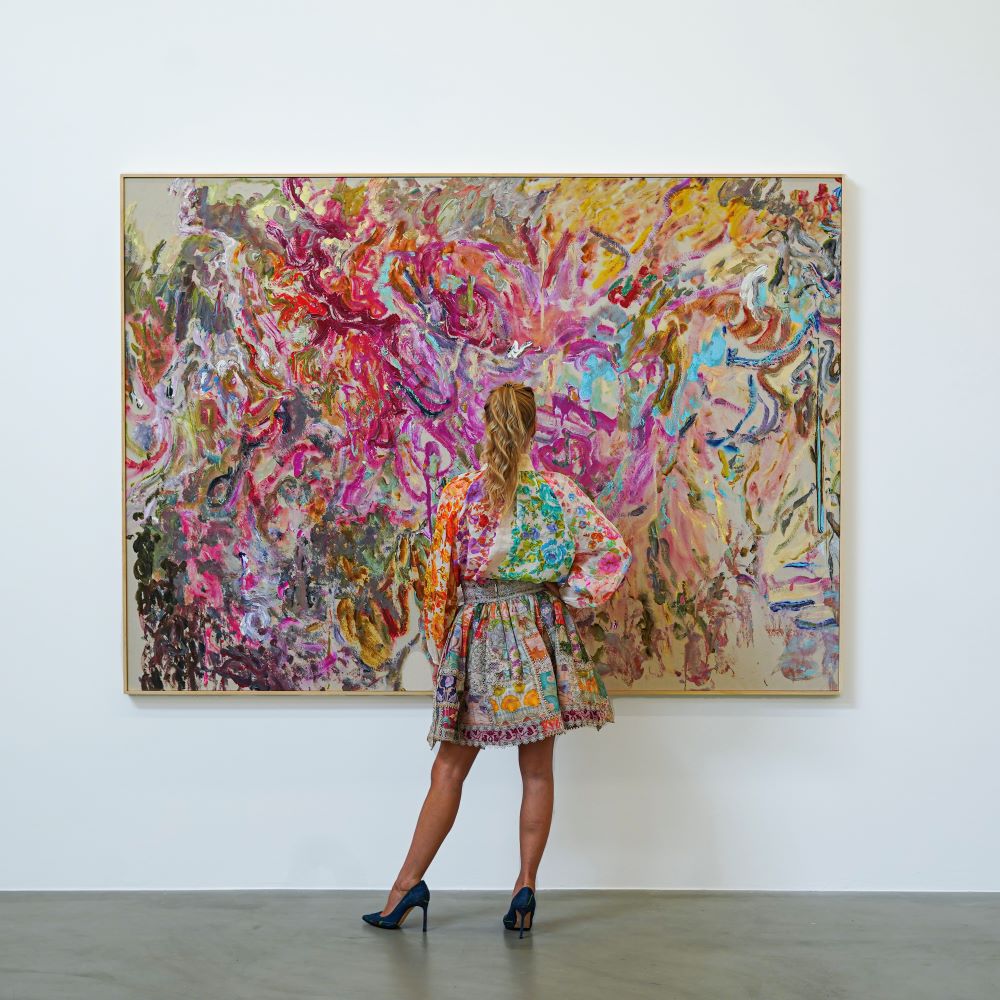Leonardo da Vinci was a famous name not only during the Italian Renaissance but is still recognized as one of the best names in the art world today. He is a prominent person in the birth of the European Renaissance, which saw an emergence of new ideas, scientific discoveries and the creation of beautiful art.

EARLY LIFE (1452–1466)
Leonardo was born on April 15, 1452, in the Tuscan hill town of Vinci, in the lower valley of the Arno River in the territory of Florence. He was the illegitimate son of a respected Florentine notary, Messer Piero Fruosino di Antonio da Vinci, and a young peasant named Caterina, who may have been a slave from the Middle East. Leonardo had no surname in the modern sense, “da Vinci” simply meaning “of Vinci”: his full birth name was “Leonardo di ser Piero da Vinci”, meaning “Leonardo, son of (Mes)ser Piero from Vinci.”

Vinci, the birthplace of Leonardo
Little is known about Leonardo’s early life. He spent his first five years in the hamlet of Anchiano. After that lived in the household of his father, grandparents, and uncle, Francesco, in the small town of Vinci. Father’s family didn’t conceal his birth and welcomed his addition to the family. Later his father had married a sixteen-year-old girl named Albiera, who loved Leonardo but died young.

Anchiano 
of the Arno valley
At the age of fourteen, in 1466, Leonardo worked as an apprentice to one of the most successful artists of his day, Andrea di Cione, known as Verrocchio. Verrocchio’s workshop was at the center of the intellectual currents of Florence, assuring the young Leonardo of an education in the humanities. Several famous painters apprenticed or associated with the workshop include Ghirlandaio, Perugino, Botticelli, and Lorenzo di Credi.

Verrocchio 
Verrocchio’s workshop
During this six-year period, Leonardo learned several different techniques and technical skills. This included drafting, chemistry, metallurgy, metal working, plaster casting, leather working, mechanics and carpentry as well as the artistic skills of drawing, painting, sculpting, and modeling. By 1472, at the age of twenty, Leonardo had become a master in the Guild of St Luke, the guild of artists and doctors of medicine. Nevertheless, after his father set him up in his own workshop, his attachment to Verrocchio was such that he continued to collaborate with him. Leonardo’s earliest known dated work is a drawing in pen and ink of the Arno valley, drawn on 5 August 1473.

For a couple of years, he remained out of the public eye, following the period where he was charged with and acquitted of having committed sodomy. Up until about the age of 22, he really did not focus much on his works.
Professional life
Lorenzo de Medici commissioned Leonardo da Vinci in 1482, to create a piece for the Duke of Monaco. It was being done as a gesture of peace. Leonardo also wrote a letter explaining how he would be the perfect painter, and how he could work for the court. He created a silver lyre in the shape of a horse’s head, with which he was sent to Milan.
The Last Supper
Meanwhile, Leonardo da Vinci was commissioned to work from 1482 up until 1499 by the court. He was commissioned to paint the Virgin of the Rocks for the Confraternity of the Immaculate Conception, and The Last Supper for the monastery of Santa Maria Delle Grazie. The masterpiece, which took approximately three years to complete, captures the drama of the moment when Jesus informs the Twelve Apostles gathered for Passover dinner that one of them would soon betray him. The range of facial expressions and the body language of the figures around the table bring the masterful composition to life.


The Vitruvian Man
In 1490 Leonardo draw a “Vitruvian Man”, a sketch of the proportions of a man. Da Vinci used earlier work and notes by the Roman architect Vitruvius. It is the drawing where art, man and science intersected perfectly and illustrates the beauty of geometrical proportions and the human form. It is symbolic of Da Vinci’s work and has become an iconic image.

The Mona Lisa
Between 1503 to 1507 Leonardo da Vinci was commissioned for a private work. He started working on what would become his most well known painting —the “Mona Lisa.” The privately commissioned work is characterized by the enigmatic smile of the woman in the half-portrait, which derives from da Vinci’s sfumato technique.
Adding to the allure of the “Mona Lisa”, there were many theories and stories behind this piece. Princess Isabella of Naples, an unnamed courtesan and da Vinci’s own mother have all been put forth as potential sitters for the masterpiece. It has even been speculated that the subject wasn’t a female at all but da Vinci’s longtime apprentice Salai dressed in women’s clothing.

Based on accounts from an early biographer, however, the “Mona Lisa” is a picture of Lisa del Giocondo, the wife of a wealthy Florentine silk merchant. The painting’s original Italian name — “La Gioconda” — supports the theory. Some art historians believe the merchant commissioned the portrait to celebrate the pending birth of the couple’s next child, which means the subject could have been pregnant at the time of the painting.
If the Giocondo family did indeed commission the painting, they never received it. The Mona Lisa was a constant work in progress for Leonardo da Vinci. It was a piece he never quite finished and was always trying to perfect. Meanwhile, the commissioner has never seen the painting. Leonardo kept with him until his death. Today, the “Mona Lisa” hangs in the Louvre Museum in Paris, France, secured behind bulletproof glass and regarded as a priceless national treasure seen by millions of visitors each year. It is also considered as the most famous art piece to have been created, by any artist, during any period or form of art.
Old Age
From September 1513 to 1516, Leonardo mostly lived in the Belvedere in the Vatican in Rome, where Raphael and Michelangelo were both active at the time. In October 1515, François I of France recaptured Milan. On 19th December in Bologna, Leonardo was present at the meeting of Francois I and Pope Leo X. François I commissioned Leonardo to make a mechanical lion which could walk forward, then open its chest to reveal a cluster of lilies. In 1516, he entered François’ service, фтв кусушмувthe manor house Clos Lucé near the king’s residence at the royal Chateau Amboise. It was here that he spent the last three years of his life, accompanied by his friend and apprentice, Count Francesco Melzi. Leonardo died at Clos Lucé, France, on May 2, 1519.

Personal life of Da Vinci
Leonardo did not marry or have children. He remained single throughout his life. Leonardo did not share publicly about his personal life. He was close with his pupils Salai and Melzi, but mostly he was absorbed in his investigations, work, and paintings.

Francesco Melzi 
Salai
More than an Artist
Leonardo da Vinci was a leading Renaissance man. He had far more to offer to the world during his period. Certainly, he was more than just an artist. Da Vinci was a great thinker and his talents were greatly exceed the arts of work which he created during his career.
Still, to this day, his works remain some of the most famous throughout history and still influence young artists working during this period in the art world. Over 13,000 pages of notes documented his inventions, creations, observations, and drawings. Architecture and anatomy, designs for flying machines, plant studies, and other work he was involved in, were all documented in these pages. He ‘invented’ the bicycle, the airplane, helicopter, and parachute some 500 years ahead of their time.



